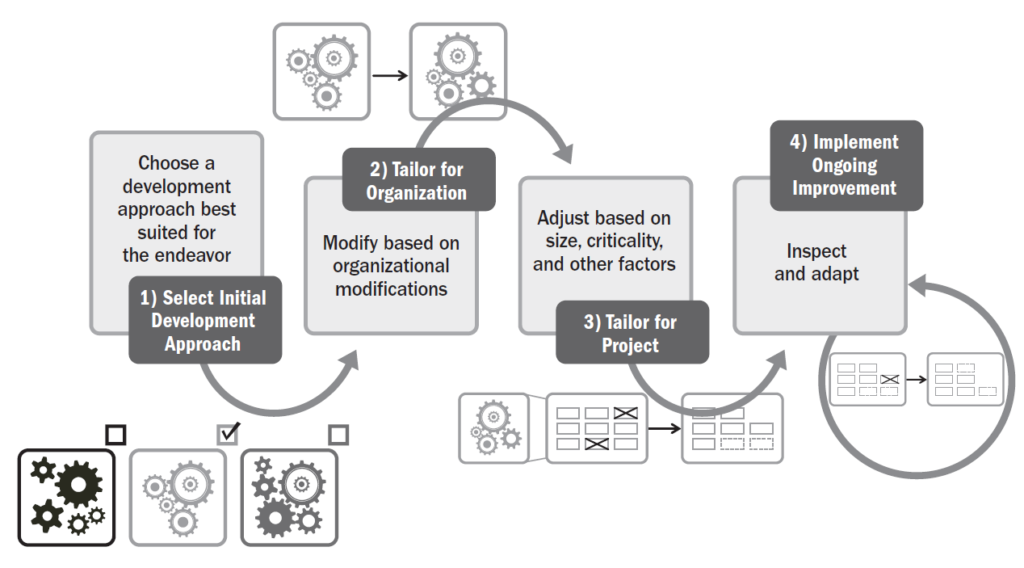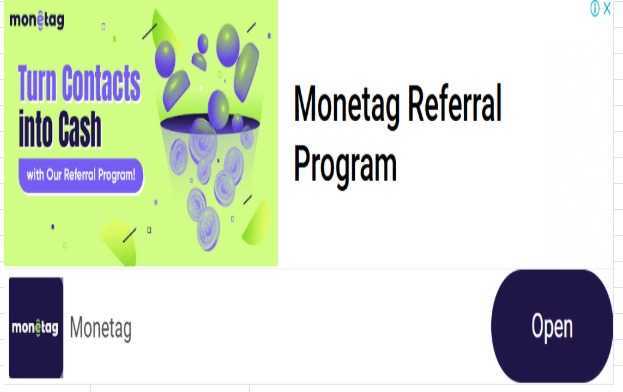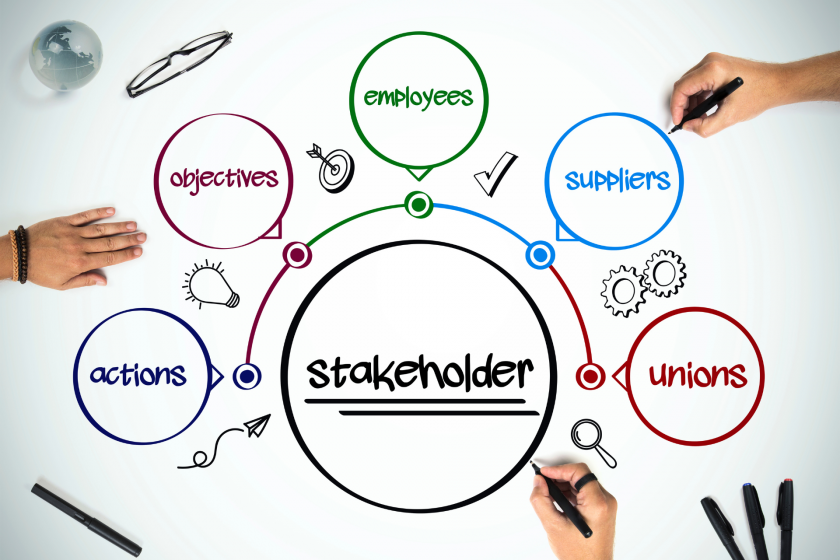Tailoring the Performance Domains – Stakeholders
Stakeholder engagement is a dynamic and critical performance domain in any project. Tailoring this domain means adapting stakeholder engagement strategies, tools, and approaches to best suit the project environment, organizational culture, governance requirements, and stakeholder needs.
Why Tailor the Stakeholder Performance Domain?
Every project is unique in terms of:
- Stakeholder count and diversity
- Cultural and political context
- Communication channels
- Regulatory and contractual obligations
Therefore, a one-size-fits-all approach does not work. Tailoring ensures:
- Stakeholders are appropriately identified and analyzed
- Engagement is proactive and intentional
- Expectations are managed realistically
- Relationships are nurtured over the project lifecycle
What to Tailor in the Stakeholder Domain
Tailored Element | Tailoring Considerations |
Stakeholder Identification Methods | How stakeholders are identified (e.g., stakeholder register, mapping techniques, interviews) depends on project complexity and stakeholder volume. |
Analysis Techniques | Tailor between basic (e.g., Power/Interest Grid) to advanced (e.g., Salience Model, Stakeholder Onion Diagrams) based on depth of analysis required. |
Engagement Strategies | Adapt strategies to each stakeholder’s level of influence, interest, and communication preference. |
Communication Channels | Choose formal or informal, synchronous or asynchronous, and frequency based on stakeholder availability, geographic distribution, and technology access. |
Governance Structures | Align stakeholder roles, responsibilities, and decision rights with governance structures in place. |
Feedback and Conflict Resolution Mechanisms | Tailor based on the organization’s tolerance for feedback, conflict, and the maturity of stakeholder relationships. |
Monitoring and Reporting | Adjust the frequency and depth of reporting based on stakeholder expectations and project phase. |
Factors Influencing Tailoring Decisions
- Project Size and Complexity
- Larger projects often have more stakeholders requiring a structured stakeholder engagement plan.
- Organizational Culture and Values
- In open cultures, frequent informal communications work. In bureaucratic settings, formal documentation may be essential.
- Stakeholder Engagement Tools
- Organizations with mature project management practices may have pre-existing templates, CRMs, or dashboards.
- Delivery Approach (Agile/Waterfall/Hybrid)
- Agile requires constant stakeholder feedback (e.g., product owners), while waterfall may involve phase-based stakeholder input.
- Geographic Distribution
- Virtual or distributed teams require tailored digital tools and scheduled time-zone sensitive communications.
- Regulatory and Legal Requirements
- Compliance-focused industries (e.g., pharma, finance) demand more structured stakeholder documentation and audits.
Tailoring Examples
- Agile Software Project:
Stakeholder engagement is tailored using continuous feedback loops (daily stand-ups, sprint reviews), user stories, and frequent product demonstrations. - Construction Project in a Government Setting:
Stakeholder tailoring involves formal communication protocols, sign-off procedures, and structured engagement with regulatory authorities. - Nonprofit Community Project:
Engagement is tailored to community involvement through town halls, open feedback channels, and consensus-building methods.
Tailoring Benefits in Stakeholder Domain
- Enhanced trust and transparency
- Timely identification and resolution of issues
- Improved collaboration and team dynamics
- Higher stakeholder satisfaction
- Better alignment of project goals and stakeholder expectations
Risks of Not Tailoring
- Stakeholder disengagement
- Miscommunication and unmet expectations
- Resistance to change
- Delayed approvals and decisions
- Reputational damage
Conclusion
Tailoring the Stakeholder Performance Domain is a strategic necessity. Effective tailoring ensures that the right stakeholders are engaged at the right time, with the right approach, leading to greater project success and value delivery.



